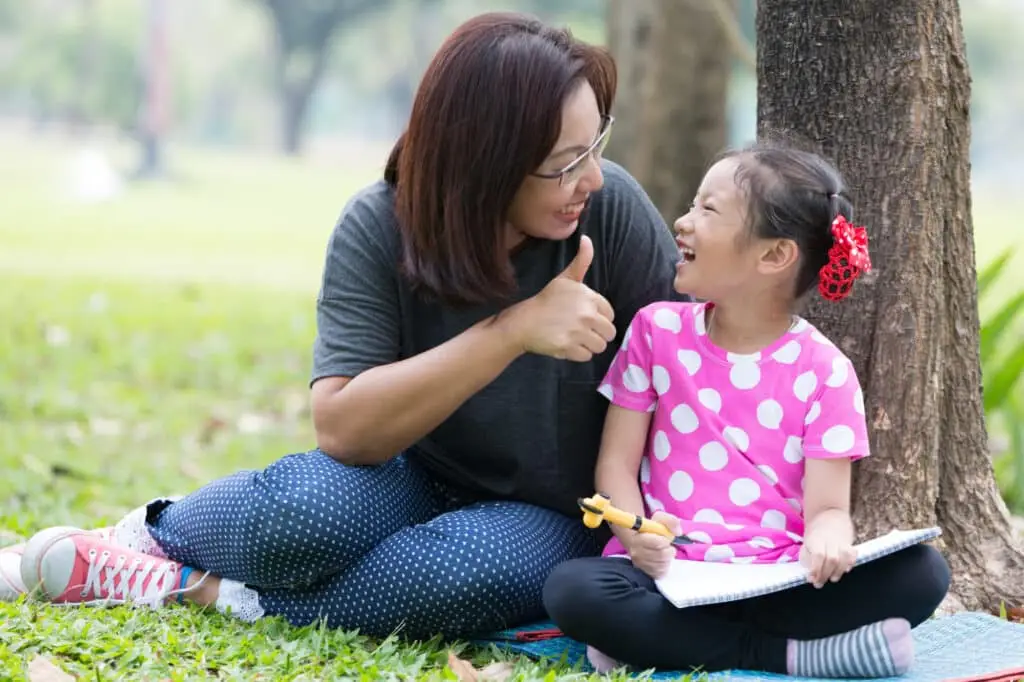The Centers for Disease Control and Prevention estimates that more than six million children were diagnosed with attention-deficit hyperactivity disorder (ADHD) from 2016 to 2019. Many parents are finding new ways to help with The Impact of Music and Art on Children with ADHD. One of the popular methods is music and art activities to help kids
with ADHD.
How does the impact of music and art on children with ADHD works, and can it improve their focus?
What kind of music and art activities should parents do to help their kids with ADHD? This article will discuss the benefits of music and arts to all children, especially those with ADHD, and offer some suggestions on the kinds of music and art that are most helpful.
It is also an excellent option to cultivate your kid's passion and creativity by signing them up in learning institutions focused on pursuing a career in arts and music as well as taking acting classes sydney programs.
Many studies show the benefits of using music and art to help children. In cases with ADHD, music is seen to be of great help. Music's rhythmic, playful and
affective nature helps kids with this disorder.
Art therapy is also a notable alternative treatment for ADHD, especially children. Art uses nonverbal expressions that explore creativity, which helps
children with ADHD to vent their emotions.
Art offers an outlet for a child with behavior problems due to ADHD. Over time, music and art use may significantly affect a child’s self-
confidence and self-esteem, especially if reinforced with positive feedback.
Impact of music and art on children with ADHD:
Music provides a structure through rhythm. Children with ADHD often struggle to regulate and concentrate on a specific path. Music has structure
and may help kids with this condition react and anticipate.
Music also encourages social interaction. Every voice is essential in music, especially in a band or orchestral playing. Each instrument in an
ensemble is equally essential to everything else. Music helps improve social skills, especially with musical activities such as ensemble or band playing,
composing songs, and conducting performances.
Music engages the mind. It is also a pleasurable experience, mainly when it engages the child’s brain, releasing dopamine, which is responsible
for attention retention, motivation, and memory.
In people with ADHD, dopamine is relatively in low supply. Music lights up the right and left lobes of the brain, activates neural networks, and helps
the improvement of overall functions and processes.
Though there are many genres of music, and people have their preferences, here are some music genres that may help children with ADHD.
● Classical music - You can choose music from the past, such as Vivaldi and Chopin, and other great composers. Choose music with a
simple rhythm, soothing and pleasing to the ears.
● Instrumental music - It is better to choose instrumental or acoustic music without lyrics. There is a chance of overstimulation if you will
play songs with lyrics to people or children with ADHD.
● Ethereal or nature music - You can use ambient sounds and natural and ethereal music. This genre of music helps set a peaceful tone,
which may benefit your kids.
● Use of noise-canceling headphones - These gadgets will help your kid concentrate by eliminating or blocking out distracting sounds.
● 8D music - You can also choose a sound design that allows immersion in sounds. However, you need a particular speaker placement to
accomplish this unique sound experience.
● Binaural beats - This type of music in which two tracks of different beats play each on one ear. The brain will work to synchronize the two
beats, which can be relaxing.
Art for Improving Focus in Children With ADHD
The benefits of art activities to help children with ADHD mirror the advantages present in using music. However, here are some of the unique benefits of using art therapy as an alternative to other therapies done on kids with this condition.
The benefit and impact of music and art on children with ADHD can be summarized in three points. Art activities can build skills and help children academically, Innovation is promoted easily through such art practices and some Arts create bonding and interaction in the children.
Art therapy is one of the alternative treatments for people with ADHD. It helps in allowing children to express their emotions, such as sadness, anger, and anxiety. Children who have difficulty communicating through art may express their feelings through images.
Art also helps reveal problems with motor control, memory, organization, expression, and management of emotions and focus. On the other hand, art therapy can help enhance children’s well-being, improve their problem-solving skills and develop skills in social interaction.
By giving a structured art project for your kids to work on, children with ADHD can develop skills that will help them have a positive outlook on
life. They will develop skills that will help them resolve conflicts, manage feelings, and ultimately develop the ability to reduce the effects of ADHD in
their daily lives.
References
1. Data and Statistics About ADHD
https://www.cdc.gov/ncbddd/adhd/data.html
2. Music and Sound in Time Processing of Children with ADHD
https://www.ncbi.nlm.nih.gov/pmc/articles/PMC45852
3. Is Art Therapy for ADHD the Right Choice for Your Child?
https://www.goodtherapy.org/blog/is-art-therapy-for-adhd-the-right
